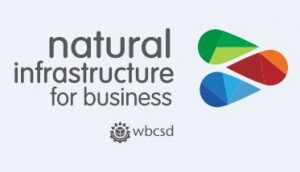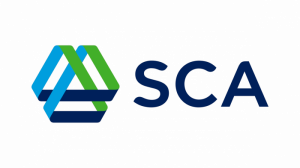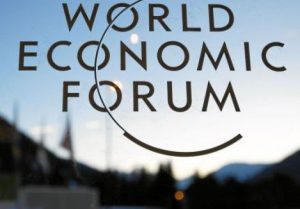Primary Functions
- Find guidance on assessing the organizational capacity of a WRUA with the goal of improving the overall performance of the management of water resources at the sub-catchment level.
Detailed Description
The WRUA Capacity Assessment Tool (CAT) is based on a more general tool that is widely used for organisational capacity assessment of non-governmental organizations (NGOs), community based organizations (CBOs) and other organisations worldwide, since the mid-1990s. It is especially used by NGOs from donor countries to assess and support their partner NGOs in developing countries. The methodology of the tool is taken from management audit practices and the original focus of the tool was to self-assess the management capabilities of an organisation, in order to strengthen it. The tool has evolved since, through adaptations to many different types of organisations and needs. It was adapted in 2014 by a WWF consultant (Sasse Advisory Services) to assess the organisational capacity of WRUAs in the Lake Naivasha Basin, Kenya, as part of the IWRAP programme in close collaboration with WRA staff and WRUA members. Next, the structuring of the tool was aligned with a governance assessment method, developed by the Dutch WGC Academic Round Table, to ensure homogeneity of tools used in the IWRAP programme and further improved on in partnership with GIZ, Imarisha Naivasha and Lake Naivasha Basin WRUA (LANABWRUA).
The Capacity Assessment Tool is a flexible methodology to assess organisational capacity through scoring mechanism, along a number of defined indicators, with clearly described standards for four stages of organisational development. The tool has a symbolism of growth, using the planting cycle, for each level; planting, seedling, maturing, harvesting. This symbolism shows that the scores follow a natural process of organisational development.
The assessment is meant to encourage continuous improvement of the WRUA.
Following the first pilot assessment of two WRUAs in the Naivasha Basin, the tool was further revised and improved through a partnership between WWF-Kenya (Naivasha Office), GIZ (IWaSP programme), WRA (Nakuru-Naivasha Sub-regional Office and Nakuru Regional Office), Imarisha Naivasha and Lake Naivasha Basin WRUA (LANABWRUA). The current tool now allows for more focussed and informative self-assessment by WRUAs.
This WRUA CAT is flexible depending on the requirements and context of the institutions for which it is used. The description of indicators and standards can be adapted and re-formulated.





